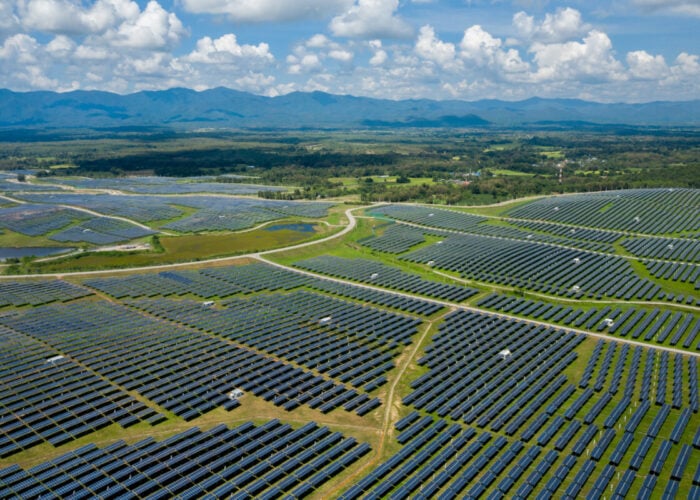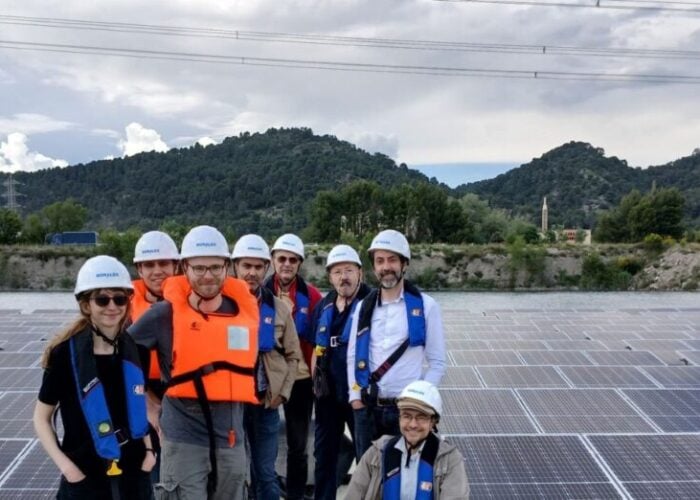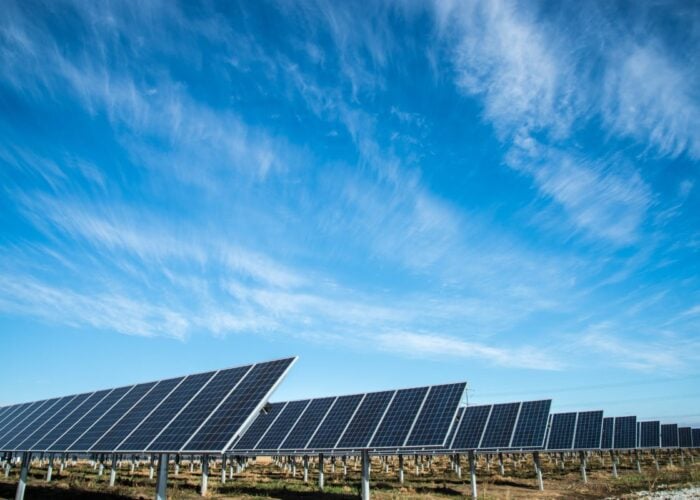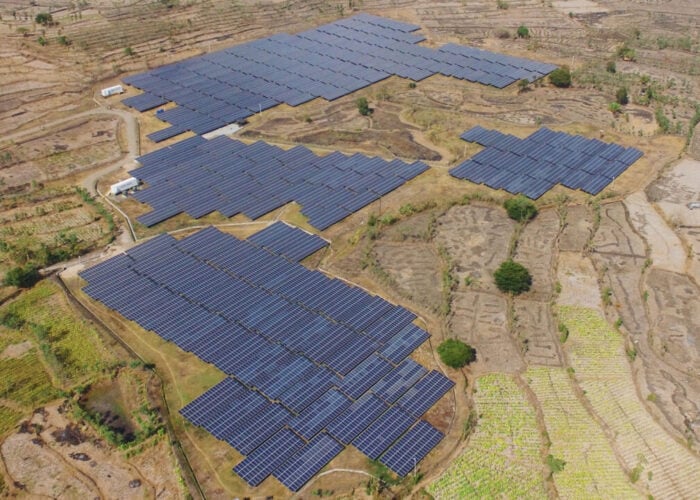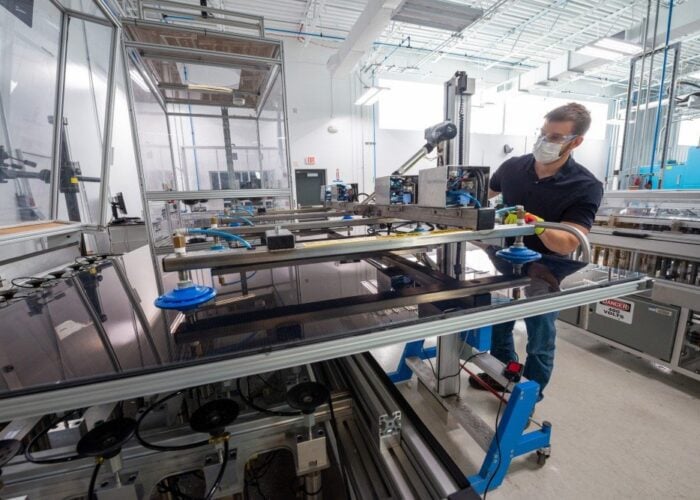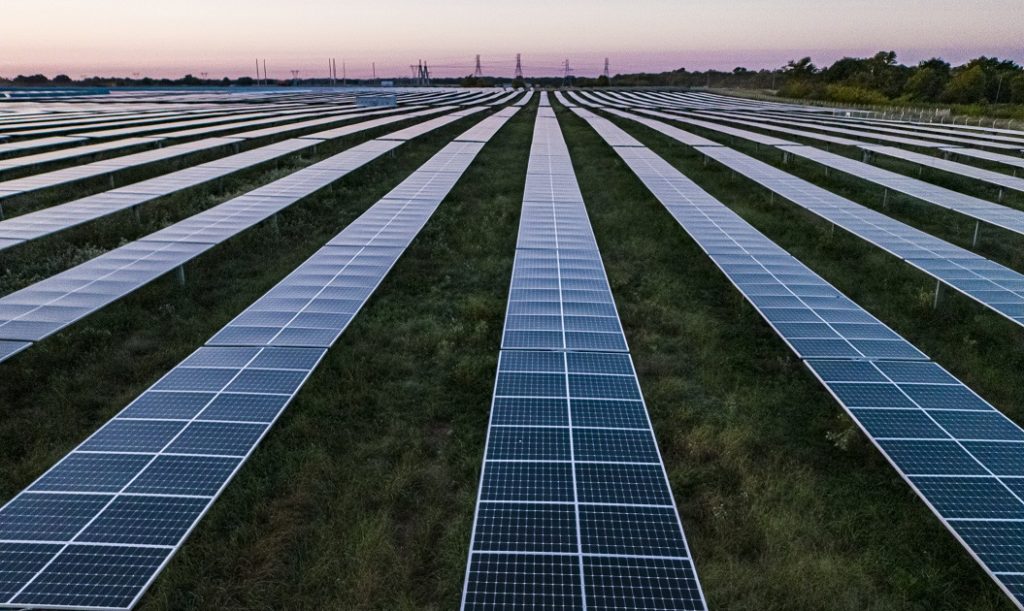
Consistently high levels of inflation seen across the world are impacting all industries in different ways, and solar PV is no exception. Bruce Huber, CEO at Alexa Capital, examines the risk and reward profiles for different company structures and moots that greater market consolidation may be on the way.
Soaring commodity prices have brought inflation back to Western markets that had not seen significant cost-of-living increases in decades. In July 2022, the US consumer price index climbed 9.1% year on year, the biggest rise since 1981. Meanwhile Euro area inflation was up to 8.6% in June 2022. In the UK, the Consumer Prices Index including owner occupiers’ housing costs was at 8.2% in June, the highest point since March 1991. For investors, this has put the brakes on markets and dramatically slowed the velocity of capital. For investors in the energy transition, this inflationary landscape is an entirely new environment – where there remains an imperative to invest, but with risks managed through a different lens.
Unlock unlimited access for 12 whole months of distinctive global analysis
Photovoltaics International is now included.
- Regular insight and analysis of the industry’s biggest developments
- In-depth interviews with the industry’s leading figures
- Unlimited digital access to the PV Tech Power journal catalogue
- Unlimited digital access to the Photovoltaics International journal catalogue
- Access to more than 1,000 technical papers
- Discounts on Solar Media’s portfolio of events, in-person and virtual
The large-scale deployment of clean technologies has only really ramped up in the last couple of decades. Until now, funding deployment has been underpinned by low-inflation macroeconomic conditions. So, what does the current environment mean for investors? Before answering this question, it is worth considering the outlook for inflation in Western economies. How long are today’s inflationary pressures set to last? Although it is impossible to foretell the future, it is important to note that the long end of the yield curve has not changed much in recent months. This is significant given that many renewable energy projects are funded with seven to 10-year debt. Look at 10-year and 30-year UK government bonds, for example – the longer-term bonds are usually more expensive, reflecting a greater uncertainty around repayment.
But this year the spread between the two has all but vanished, with rates for both short-term and long-term bonds at around 2% in July 2022. This can be explained by a popular belief among investors that inflation will soon be brought under control. Indeed, several central banks have begun taking action to stem the rise in cost of living. In July, for instance, the European Central Bank posted its first interest rate rise in 11 years, pushing its base rate up 0.5%. The US Federal Reserve has been more aggressive, upping rates in increasingly large increments since March. The Bank of England raised its rate to 1.25% in June.
These are all positive signals to contain inflation. Even under the most optimistic scenarios, however, it seems likely inflation could remain high for at least another year or two. And these are set to be critical years for energy transition investment, not only with continued growth of investment into renewable energy projects but also for critical investment into ancillary segments such as low-carbon hydrogen, energy storage, EV charging infrastructure and flexibility services.
So, what should investors be aware of in the current environment? Fundamentally, there are three things to consider:
- How inflation affects project revenues.
- How inflation affects project costs.
- Which businesses are least prone to see negative impacts from the above.
How inflation affects project revenues
Inflation is generally bad for any business that gets a fixed, non-index-linked amount of money for a given product or service. The value of that money depreciates over time, effectively leading to lower revenues. Some renewable energy projects may indeed operate on such a business model, but these are almost certainly a minority.
With companies that do get a fixed price per kilowatt-hour, for example through corporate power purchase agreements (PPAs), it would be a poorly negotiated contract indeed that did not include some index linkage or price hedging mechanism. In addition, many renewable energy projects typically include some level of spot market exposure, either at the end of a PPA term or as an additional revenue stream to PPAs. These projects are benefiting from a major and likely short-term increase in their revenue and profits as global energy markets head skywards currently.
Regional wholesale electricity benchmark prices in European day-ahead markets have risen from less than €50/MWh in 2019 and 2020 to between €150-€250/MWh in the first quarter of 2022. In projects that are fully amortised, this revenue translates almost entirely into pre-tax profits because the sources of renewable energy involved – wind or solar in most cases – are free. It is fair to say these projects were pioneers and took considerable risks for which they are being compensated (noting that non-dispatchable renewable energy have suffered from low dispatch prices due to the “duck curve” in recent years).
How inflation affects project costs
On project costs, the picture is not so rosy. The supply pressures at the root of current high inflation rates are hitting renewables as much as any other industry, with raw material cost increases pushing up solar module prices more than 20% in the last year. These increases, which are also being seen in the wind and battery storage sectors, are a completely new phenomenon in industries that until now have been noteworthy for their steep and sustained reductions in cost.
Price increases pose a problem for developers that have committed to projects relying on razor-thin margins for profitability, such as plants that have been awarded through government tenders. The owners of such projects have often reduced all cost components as far as they can and are therefore unlikely to be able to offset material and component pricing increases through further reductions in other line items. Hence, they have three realistic courses of action.
The first is to renegotiate their offtake agreements, which will depend on the counterparty. A corporate PPA customer may be willing to pay a bit more for electricity in the current environment because they could still likely make a saving compared to buying energy from wholesale markets. The second option is to try to secure additional revenue streams. As noted above, there is considerable upside in today’s energy markets, but this is only available to projects that have not committed all their generation to an offtaker. Another revenue source, already of prime importance to storage projects and increasingly too for wind and solar assets, is to tap into ancillary services and/or flexibility markets. But for companies that cannot go down any of these routes, the only realistic prospect is to pause or cancel the project. Analysts have been warning of project delays and cancellations in the solar industry since last year. There will certainly be many renewable projects that get postponed.
It is important to note, too, that concerns about project delivery are not just related to the cost of materials and components. Their availability is an issue, too, and transport costs and delays are another major challenge. The upshot is that even companies that have locked in competitive supplies may face problems in completing projects on time and on budget. In addition, supply chains are being re-oriented from global to regional, and there are likely to be sourcing issues for some time to come.
Which businesses are least prone to negative impacts?
Given the points above, it should be evident that companies with mature asset portfolios and little exposure to government auctions and similar offtake structures are well placed to benefit from current economic conditions. In contrast, those that are caught up in the delivery of projects with low, fixed-price contracts could struggle. We are also seeing that present conditions are tending to favour larger players because they usually have more robust supply chains (and more buying power).
When faced with delivery constraints, original equipment manufacturers – most of which are in Asia – are naturally keen to prioritise supplies to their major customers. This puts smaller developers at a disadvantage. Larger players are also more able to weather the current storm because they are more likely to have diverse, integrated portfolios and professional trading desks, which allow them to access a range of market opportunities.
These large players can tap into capital markets efficiently, further improving their competitive position compared to smaller companies. One obvious implication of this is that the market could be set for consolidation, with large portfolio holders looking to expand their reach through the acquisition of smaller rivals. These market trends aside, the fundamentals underlying the energy transition remain solid.
Although until recently progress in the US is perhaps not as rapid as some in the administration might like, energy infrastructure development has broad bipartisan support and steps such as the Federal Energy Regulatory Commission’s decision to reform regional transmission planning have been praised. In Europe, meanwhile, Russia’s invasion of Ukraine has led to a Pearl Harbour moment whereby the energy transition has become a matter of national and regional security.
The European Union’s REPowerEU plan, unveiled in May, explicitly links the ending of Russian fossil fuel dependence with progress in the energy transition. The European Commission has proposed increasing Europe’s 2030 renewables target from 40% to 45% of total supply by 2030, along with plans to double solar PV capacity by 2025 and tackle permitting delays that are currently hampering the growth of the market.
Another feature of REPowerEU is a target of 10 million tonnes of domestic renewable hydrogen production, plus 10 million tonnes of imports, by 2030. All this means that, in Europe at least, renewable energy asset owners have never had it so good. There are, perhaps, just a couple of minor areas of concern for investors.
One is what happens if, despite all estimates and efforts, inflation continues to be high for the foreseeable future. If this is the case, it will be important to understand the causes of the inflation, although it is safe to say that renewable power is likely to remain one of the safer investment asset classes regardless of market conditions – it is hard to envisage a situation where people stop needing electricity.
Another, more realistic challenge is that progress on the energy transition is hampered by restricted supplies from Asia. It is no secret that China has a stranglehold on manufacturing for the energy transition. The country controls 50% of global wind turbine capacity, almost 70% of solar module output and 90% of lithium-ion battery production.
Without China, there is no energy transition. But Western policymakers recognise this – which is why we can expect to see significant support for reshoring and nearshoring of manufacturing capability. Yet again, this can only be a good thing as far as investors are concerned – regardless of the impact of inflation.
The bottom line is that new development is at high risk of slowing down if markets believe inflation cannot be contained, and if supply lines do not stabilise. We are medium term and long term optimistic, but appreciate that the next few quarters will have some tough trading.


